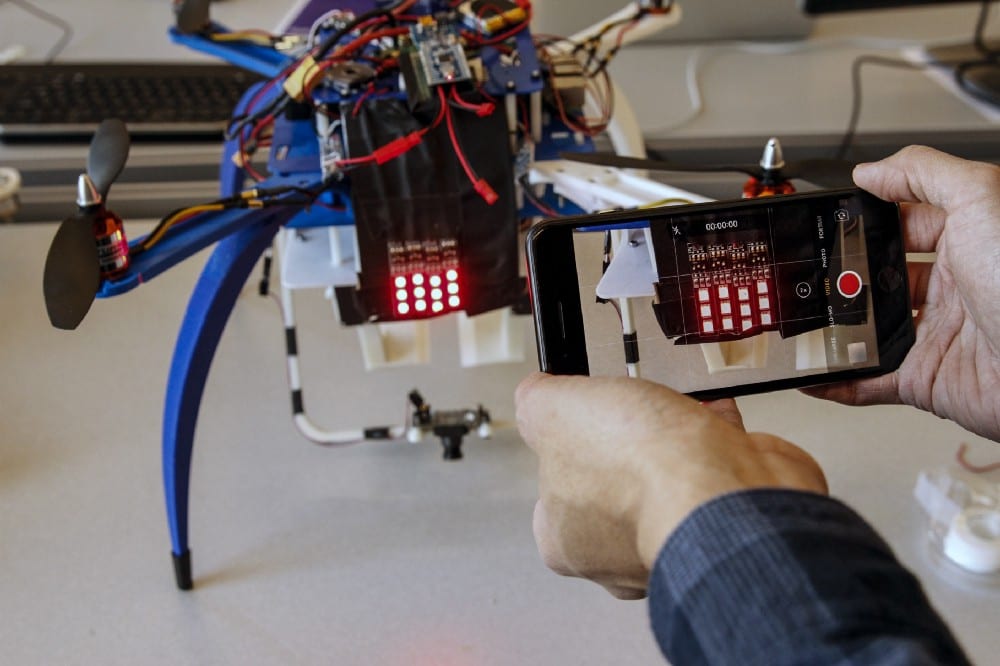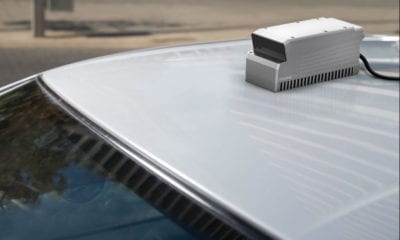Ford Wants in on The Drone Market – And Not How You Expect
At the FAA drone symposium this week, one panelist was not like the others: Ford. Despite being the (not-so-young) kid that stuck out, it’s not entirely surprising. Along with other automobile manufacturers like Porsche and Audi, automakers are taking up the flag for autonomous vehicles.
But unlike Porsche, Ford are not in the business of developing drones, they are in the business of tracking them.
Working with the FAA since last year, they have suggested a deceptively simple method that could be far cheaper and easier to implement than high-tech solutions like the 4G IoT network being developed by Nokia in Europe, which could require retrofitting SIMs into every commercial drone out there.
Instead, Ford intends to use an existing feature already present in most drones – that is, the anti-collision lights that are built in to improve lowlight visibility. Ford says the patent-pending system would require drones to flash their ID number – or a 10-digit code given out by the FAA upon registration – as a series of colours and blinks. Using Google’s TensorFlow, a proprietary app would decipher the communication, enabling the public to identify and report misbehaving UAVs.
Preliminary tests by Ford show drones can be accurately identified operating within a 25 metre range, however with camera quality improving steadily one has to ask if this range is wide enough.

Ford’s customizable drone development platform allows teams to easily test how vehicles can work with this technology | Ford / Medium
As well as developing drone tracking systems, Ford is developing a customizable development platform to allow their UAV teams the ability to quickly test ways drones and vehicles can work together.
The modular platform consists of basic, easily modifiable capabilities present in all UAVs – controls, CPU, rotors etc – allowing iterative testing and development of all facets of software and hardware including electrical, material, structural and user interface design concepts.
As Ford state in an article published on Medium, “It might seem strange to think that a car company is helping to lay the groundwork for drones, but we believe there is so much potential to explore here. To integrate new technology into vehicles, we need to develop a good understanding of how it works, how it can be used and what its limitations are. We frequently conduct experiments on individual vehicle components to understand as much as we can about them, so we bring only the best into our vehicles. Now we’re doing that with drones.”


























